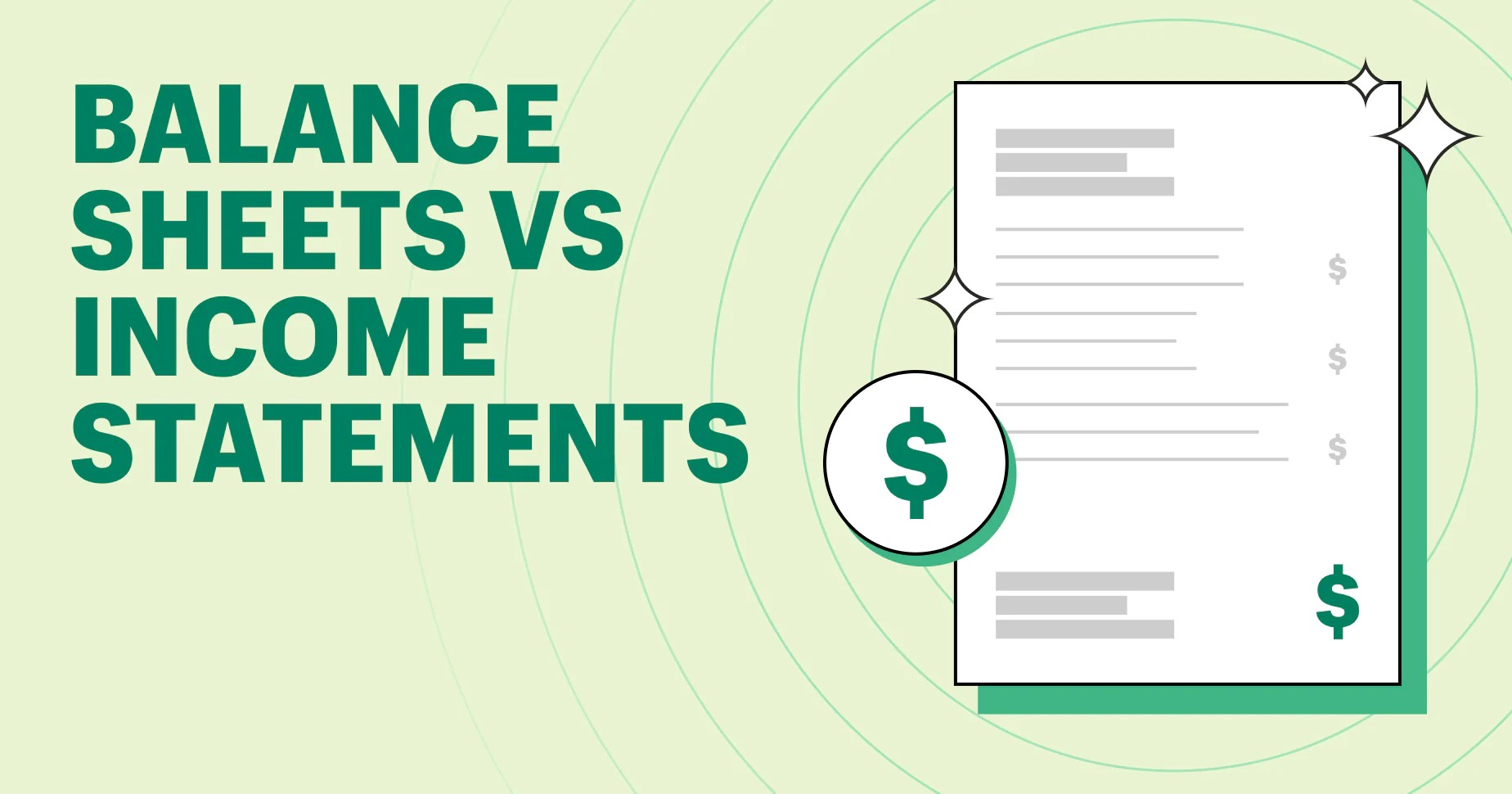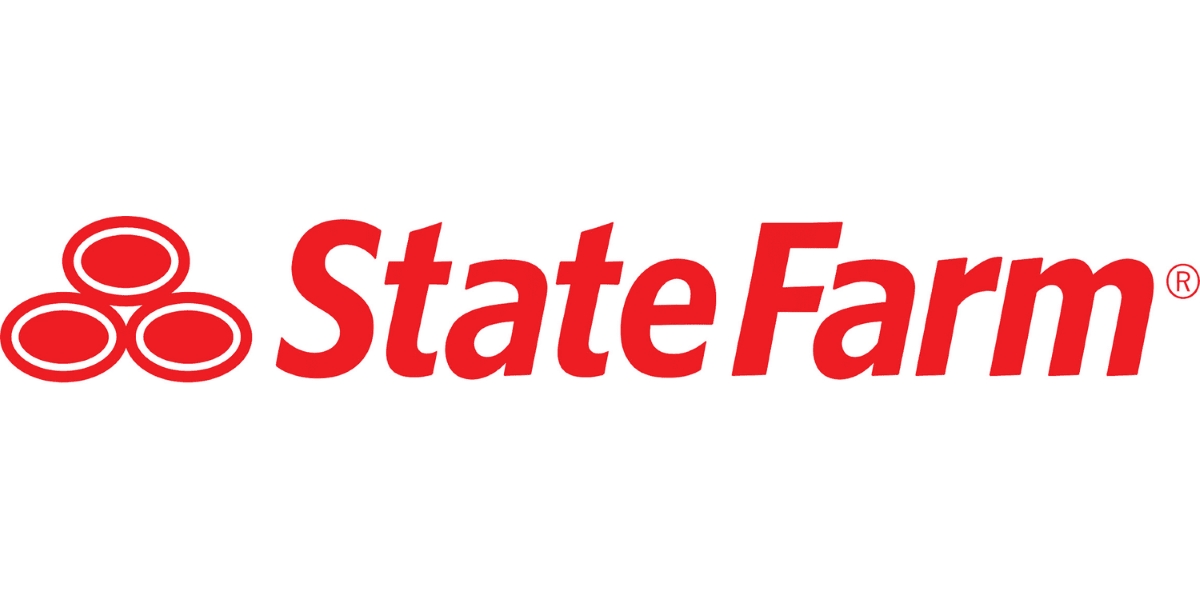Home>Finance>How Do The Income Statement, Balance Sheet, And Cash Flow Connect?


Finance
How Do The Income Statement, Balance Sheet, And Cash Flow Connect?
Published: March 2, 2024
Learn how the income statement, balance sheet, and cash flow are interconnected in finance. Understand the relationship between these financial statements.
(Many of the links in this article redirect to a specific reviewed product. Your purchase of these products through affiliate links helps to generate commission for LiveWell, at no extra cost. Learn more)
Table of Contents
Introduction
Understanding the financial health of a company is crucial for investors, creditors, and management. Three primary financial statements provide valuable insights into a company's performance and financial position: the income statement, balance sheet, and cash flow statement. These statements are interconnected and collectively offer a comprehensive view of a company's financial condition.
The income statement, also known as the profit and loss statement, presents the company's revenues and expenses over a specific period. It showcases the profitability of the business operations and its ability to generate profits.
On the other hand, the balance sheet provides a snapshot of the company's financial position at a given point in time. It outlines the company's assets, liabilities, and shareholders' equity, offering a clear picture of its financial strength and stability.
Lastly, the cash flow statement tracks the inflow and outflow of cash over a period, highlighting the sources and uses of cash. It helps in assessing the company's liquidity, solvency, and overall ability to generate positive cash flows.
Understanding the interconnections between these financial statements is essential for stakeholders to gain a holistic understanding of a company's financial performance and make informed decisions. This article delves into the intricacies of each financial statement and explores the ways in which they are interconnected, shedding light on the significance of analyzing these interconnections for comprehensive financial analysis.
Understanding the Income Statement
The income statement provides a summary of a company’s revenues, expenses, and profits over a specific period, typically a quarter or a year. It begins with the company’s revenues, often referred to as sales or turnover. These are the earnings generated from primary business activities, such as selling products or providing services.
Following the revenues, the cost of goods sold (COGS) is deducted to calculate the gross profit. COGS includes direct costs related to the production of goods or services, such as raw materials and direct labor. The gross profit reflects the profitability of the company’s core business operations.
After the deduction of operating expenses, such as marketing, salaries, rent, and utilities, the operating income is derived. This figure represents the profit from the company’s normal operations before considering interest and taxes. Subsequently, non-operating items like interest income, interest expenses, and taxes are factored in to arrive at the net income, also known as the bottom line.
Net income indicates the company’s total profit after accounting for all expenses and taxes. It is a key indicator of the company’s profitability and is used to calculate earnings per share (EPS), a metric widely followed by investors. A positive net income signifies that the company is profitable, while a negative net income indicates a loss.
Investors and analysts closely scrutinize the income statement to assess the company’s revenue trends, cost management, and overall profitability. It provides valuable insights into the company’s ability to generate profits from its core operations and is instrumental in evaluating its financial performance.
Understanding the Balance Sheet
The balance sheet is a fundamental financial statement that provides a snapshot of a company’s financial position at a specific point in time, typically at the end of a quarter or fiscal year. It is divided into two main sections: assets and liabilities, with the assets always equaling the liabilities plus shareholders’ equity, following the accounting equation: Assets = Liabilities + Shareholders’ Equity.
Assets encompass everything the company owns or has a right to use to generate future revenue. They are categorized into current assets, such as cash, accounts receivable, and inventory, which are expected to be converted into cash within one year, and non-current assets, including long-term investments, property, plant, and equipment.
Liabilities represent the company’s obligations and debts that must be settled in the future. Similar to assets, liabilities are classified into current liabilities, such as accounts payable and short-term debt, which are due within one year, and non-current liabilities, including long-term debt and deferred tax liabilities.
Shareholders’ equity reflects the amount of capital contributed by the company’s owners and the retained earnings generated by the business. It represents the residual interest in the company’s assets after deducting liabilities and is an important indicator of the company’s net worth.
The balance sheet provides crucial insights into the company’s liquidity, solvency, and financial leverage. It allows stakeholders to assess the company’s ability to meet its short-term and long-term obligations and evaluate its overall financial health. Additionally, it serves as a foundation for calculating key financial ratios, such as the debt-to-equity ratio and the current ratio, which are vital for analyzing a company’s financial stability and risk.
Understanding the Cash Flow Statement
The cash flow statement provides a comprehensive overview of a company’s cash inflows and outflows during a specific period, offering valuable insights into its liquidity, operating activities, and financial health. It is divided into three main sections: operating activities, investing activities, and financing activities.
The operating activities section details the cash flows from the company’s primary business operations, including revenue generation and expenses related to those operations. It encompasses cash receipts from customers, payments to suppliers and employees, and interest payments. This section reflects the company’s ability to generate positive operating cash flows, which are essential for sustaining and growing the business.
The investing activities section outlines the cash flows related to the purchase and sale of long-term assets, such as property, plant, equipment, and investments. It includes cash outflows for capital expenditures and cash inflows from the sale of assets or investments. Analyzing this section provides insights into the company’s investment decisions and capital allocation strategies.
Financing activities involve cash flows related to the company’s capital structure, including debt and equity. It includes cash received from issuing stock or borrowing and cash paid for dividends, share repurchases, and debt repayments. This section sheds light on how the company finances its operations and expansion, as well as its distributions to shareholders and creditors.
The cash flow statement is a vital tool for assessing a company’s ability to meet its financial obligations, invest in future growth, and generate shareholder value. It complements the income statement and balance sheet by providing a deeper understanding of the actual cash movements within the business, which may differ from the accrual-based accounting figures presented in the other financial statements.
By analyzing the cash flow statement, stakeholders can evaluate the company’s cash generation capabilities, identify potential cash flow constraints, and assess its overall financial flexibility and resilience.
Interconnections between the Income Statement, Balance Sheet, and Cash Flow
The interconnections between the income statement, balance sheet, and cash flow statement are integral to understanding the holistic financial picture of a company. These interconnected relationships demonstrate how financial transactions and events impact various aspects of a company’s operations and financial position.
- Net Income and Retained Earnings: The net income from the income statement directly affects the retained earnings on the balance sheet. When a company generates profits, the net income increases the retained earnings, representing the cumulative profits that have been retained in the business rather than distributed to shareholders.
- Operating Activities and Working Capital: The cash flow statement’s operating activities section directly impacts the balance sheet’s working capital, which is the difference between current assets and current liabilities. Positive cash flows from operating activities increase the company’s working capital, enhancing its short-term liquidity and ability to meet obligations.
- Depreciation and Long-Term Assets: Depreciation expenses recorded on the income statement reduce the value of long-term assets, such as property, plant, and equipment, on the balance sheet. Understanding this connection is crucial for assessing the true value of a company’s assets and its long-term investment decisions.
- Financing Activities and Debt Levels: The cash flows from financing activities impact the company’s debt levels, which are reflected in the balance sheet’s liabilities. Issuing new debt increases liabilities, while debt repayments reduce them. Analyzing these interconnections helps in evaluating the company’s capital structure and leverage.
These interconnections illustrate the dynamic relationship between the financial statements and highlight how transactions and events flow through the company’s financial reporting. By comprehending these interdependencies, stakeholders can gain a deeper understanding of the company’s financial performance, capital management, and strategic decision-making.
Importance of Analyzing the Interconnections
Analyzing the interconnections between the income statement, balance sheet, and cash flow statement is paramount for conducting comprehensive financial analysis and making informed business decisions. These interconnections provide valuable insights into a company’s operational efficiency, financial health, and strategic management of resources.
Comprehensive Performance Evaluation: By examining the interplay between the financial statements, stakeholders can gain a more comprehensive understanding of a company’s performance. It allows for a deeper assessment of how revenue generation, expense management, and investment decisions impact the company’s overall financial position and profitability.
Identifying Financial Trends and Patterns: Understanding the interconnections facilitates the identification of financial trends and patterns that may not be apparent when analyzing each statement in isolation. It enables stakeholders to discern how changes in one statement reverberate through the others, providing a more nuanced perspective on the company’s financial trajectory.
Strategic Decision-Making: The interconnections offer critical insights for strategic decision-making. Whether it involves capital allocation, debt management, or expansion initiatives, a holistic view of the financial interdependencies empowers stakeholders to make well-informed decisions that align with the company’s financial objectives and long-term sustainability.
Risk Assessment and Mitigation: Analyzing the interconnections helps in assessing and mitigating financial risks. It enables stakeholders to identify potential vulnerabilities, such as excessive reliance on debt financing or declining operating cash flows, and take proactive measures to mitigate these risks, safeguarding the company’s financial stability.
Enhanced Financial Transparency and Disclosure: By delving into the interconnections, companies can enhance their financial transparency and disclosure practices. Providing a clear narrative of how the financial statements interrelate fosters greater trust and confidence among investors, creditors, and regulatory authorities, promoting transparency and accountability.
Overall, analyzing the interconnections between the income statement, balance sheet, and cash flow statement is instrumental in gaining a holistic view of a company’s financial performance, risk profile, and strategic direction. It equips stakeholders with the insights needed to make well-informed decisions and navigate the complexities of the financial landscape effectively.
Conclusion
Understanding the interconnections between the income statement, balance sheet, and cash flow statement is essential for gaining a comprehensive understanding of a company’s financial position, performance, and strategic direction. These financial statements are not isolated entities but are intricately linked, reflecting the flow of financial transactions and events within a company.
By comprehending these interconnections, stakeholders can conduct more insightful financial analysis, identify trends, and make informed decisions that align with the company’s objectives. The income statement provides insights into revenue generation and profitability, the balance sheet offers a snapshot of the company’s financial position, and the cash flow statement reveals the actual cash movements within the business.
Moreover, analyzing the interconnections facilitates strategic decision-making, risk assessment, and enhanced financial transparency. It empowers stakeholders to evaluate the company’s operational efficiency, capital management, and financial health more effectively, leading to better-informed decisions and improved business outcomes.
Ultimately, the interconnections between these financial statements serve as a guiding framework for stakeholders, enabling them to navigate the complexities of financial analysis with clarity and confidence. By recognizing the dynamic relationships between the income statement, balance sheet, and cash flow statement, stakeholders can gain a deeper appreciation of a company’s financial narrative and make well-informed decisions that drive sustainable growth and value creation.














